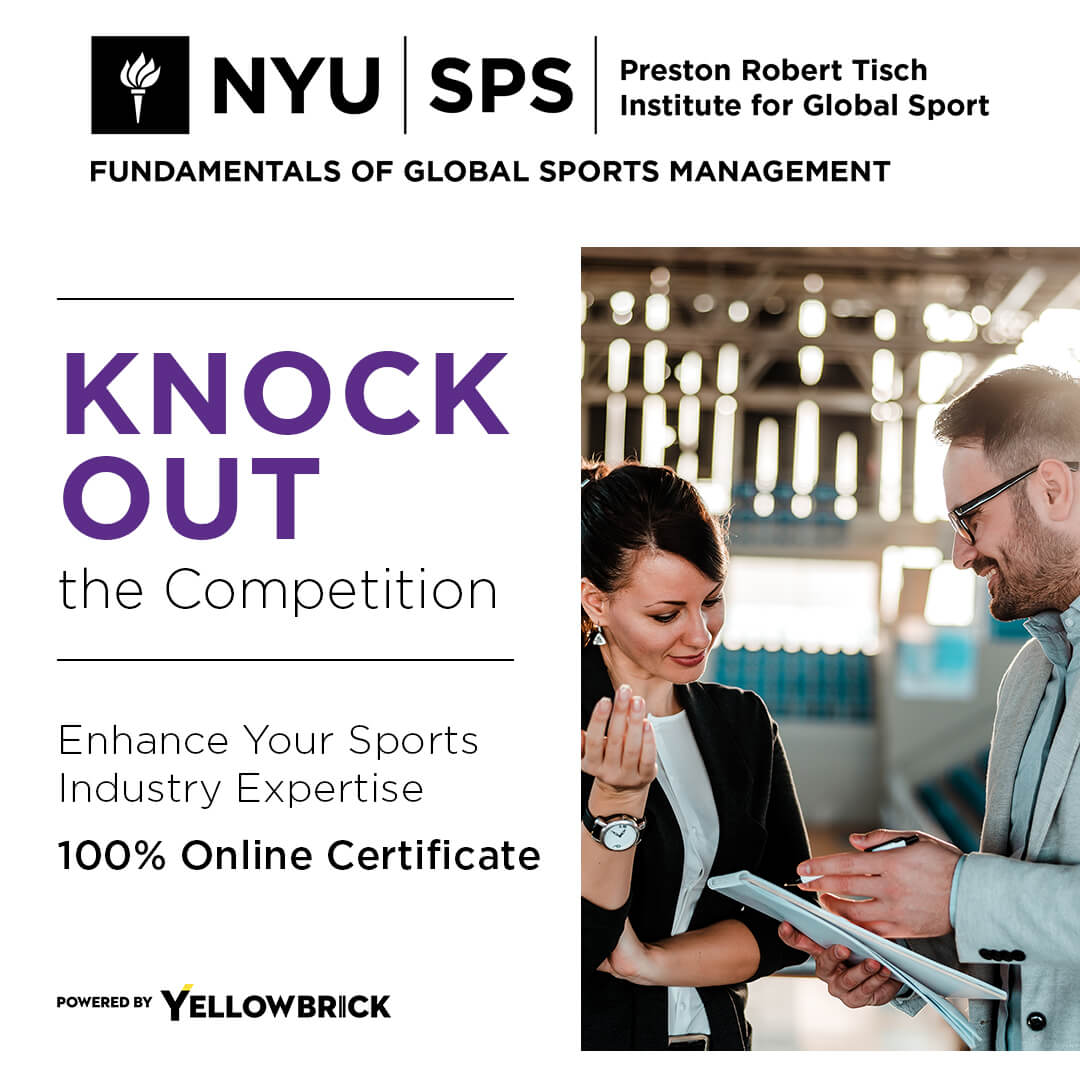I want to tie this idea of fandom and identity into one extremely popular, well-known, and foundational marketing theory in sports, which is called “basking in reflected glory.”
Robert Cialdini coined that phrase. He did two experiments. He went to eight Division I college football schools, and he observed students on the Monday and Sunday after a Saturday football game.
When the team won, around 70% of the students on Sunday or Monday wore school paraphernalia. If the team lost, the inverse happened; very few people wore the school paraphernalia.
He did a second experiment where he called Arizona State students on the Sunday or Monday after an Arizona State football game, and he pretended that he was giving them a quiz to see if they remembered the facts.
But what happened was that every time a student talked about the team after the team had won on Saturday, they used the pronoun “we.”
“We had a great game. We really are going to go win the division. We’re going to the Rose Bowl.” We, we, we.
They didn’t play. They didn’t make a tackle. They didn’t score a touchdown. But they said “we” as if they were part of the team.
When the team lost, they used the pronoun “they.”
“They really need to get it together. They’re not doing what they ought to do.”
From these experiments, he concluded that people who have not participated in a winning activity desperately want to associate themselves with the winning team and with the winning activity. He called this “basking in reflected glory,” and he said, conversely, that they want to distance themselves and cut off reflected failure when the team loses. This goes to the heart of sports management education.
He also concluded that it wasn’t really about the fan supporting the team. It wasn’t about the fans saying, “I’m behind these guys.” It’s about the fans saying, “Look at me, like me. Like me because I associate with the winner!”
Basking in reflected glory is one of the most powerful aspects in global sports and almost as close to a sure thing in sports marketing as there is. If you’ve ever watched the Super Bowl or the World Series or the NBA Championship, what’s the first commercial they run right after the champion is crowned?
It’s a low-production value commercial. They’ve cut two of them, one for each team. They’re imploring you to dial this 1-800 number and buy all this crappy gear for the official winner like a championship hat, T-shirt, CD, and whatever other merchandise they have.
Why did they run that commercial? They run it because it works, because everybody can’t wait to buy that stuff to wear tomorrow and be like, “See who I’m with? I’m with the winner.”
There are sporting goods stores that open at midnight to sell the World Series-winning jersey, the Super Bowl-winning jersey. And people will line up around the block at midnight to buy it.
Some sporting goods stores, like for the Super Bowl, don’t know who’s going to win. So you know what they do? They make T-shirts for both teams. Well, only one team wins. What do they do with the other T-shirts? They throw them out.
It’s called the burn rate. They throw them out because they know they’ll make so much money just on the winners that they can afford to print two runs.
The problem is that, well, not every team wins. There’s only going to be one Super Bowl champion. There’s only going to be one conference champion or division champion. You can take advantage of the winning wherever you can get it. Remember that as you continue your online sports management education.
But really, there’s only a small percentage of those. How do you take advantage of this principle when your team isn’t the winner?
Have you ever suffered from Linsanity? What I’m talking about is a phenomenon surrounding a basketball player named Jeremy Lin. Jeremy Lin was at the end of the bench. Jeremy Lin hadn’t gotten in for three different teams.
But the Knicks had gotten players injured, and they had to put somebody in. They put in Jeremy Lin, and he went on this unbelievable heroic tear. What a performance: 16 games, he dominated; he was wonderful. He showed that not only did he belong in the league, but that he was an excellent player.
Now, I know for a fact that in that first week of Linsanity, Modell’s Sporting Goods, which is the New York-based leading sporting goods store merchandiser in New York, sold a crazy amount of Jeremy Lin merchandise items in the first week. It was equivalent to the Yankees winning the World Series and selling that kind of merchandise, or the Giants winning the Super Bowl. In the next two weeks, they sold more Jeremy Lin items than the Super Bowl-winning team and World Series-winning team two years combined.
Now who was buying the Jeremy Lin merchandise? Jeremy Lin is from Northern California. He’s 6 foot 2, played for Harvard.
What this meant to that community is that they went out in droves and started buying those jerseys, and it wasn’t just the Asian-Americans like Lin, but it was Asians, it was people in China, it was pretty much everyone. That’s how people bask in reflected glory.




